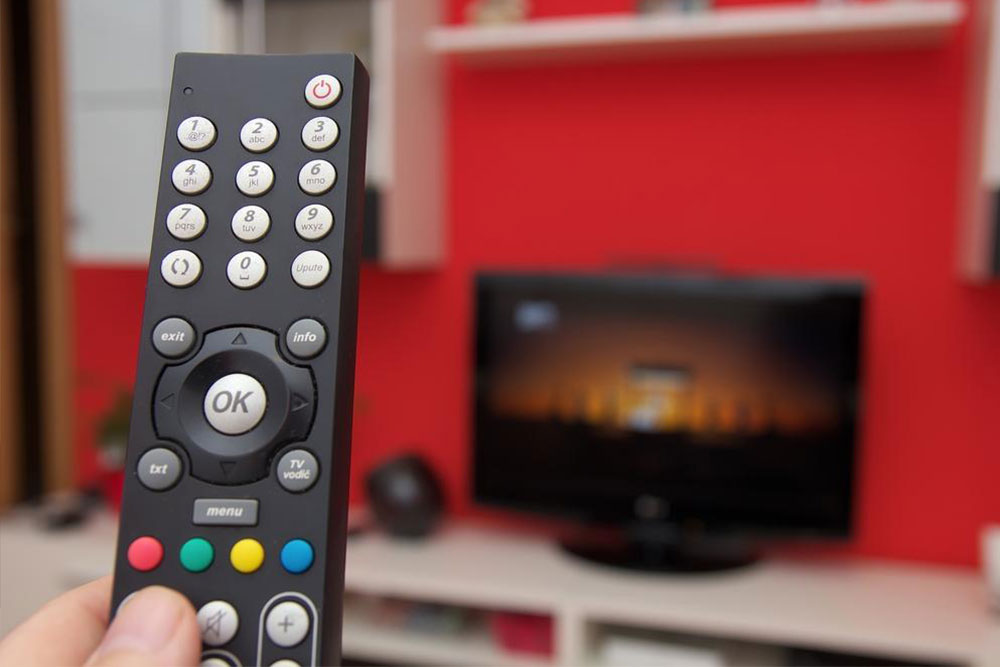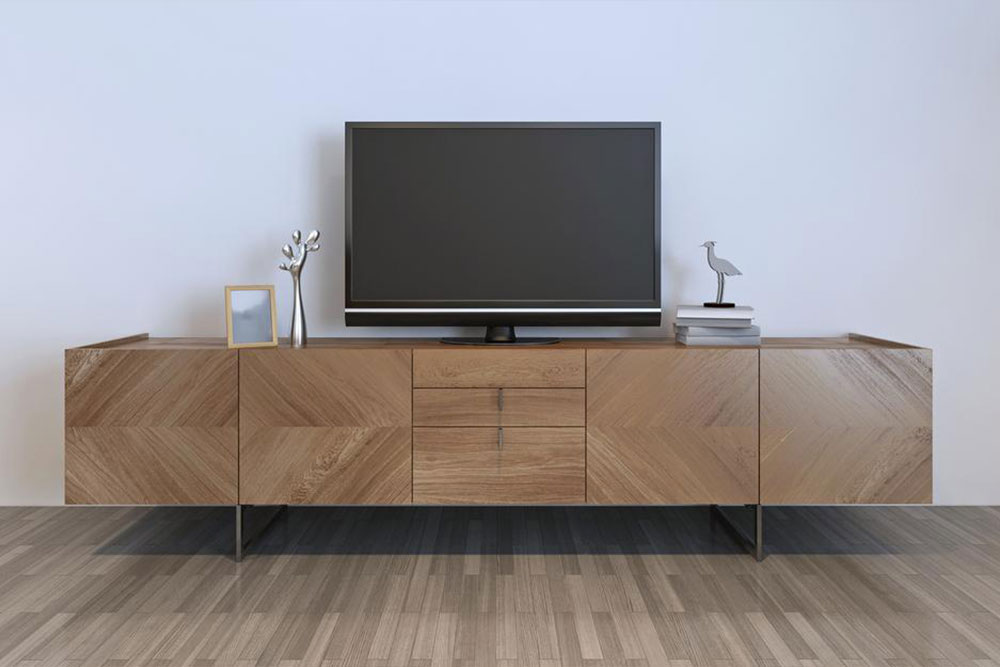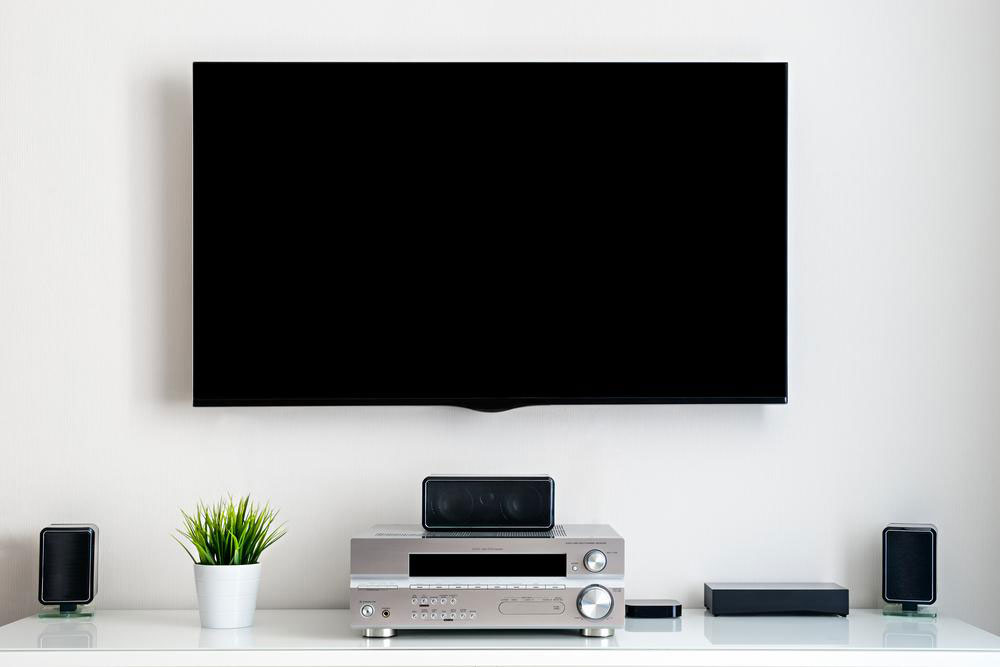Comprehensive Guide to Choosing the Perfect TV: Comparing Brands, Prices, and Operating Systems
This comprehensive guide helps consumers navigate the complex market of modern smart TVs by comparing top brands, prices, and operating systems like Android TV, Firefox OS, WebOS, Roku OS, and Tizen. It emphasizes key features, user experience, and value, assisting buyers in making informed decisions for enhanced home entertainment. Whether upgrading your existing setup or purchasing a new device, this article provides detailed insights into current market options to ensure you get the best smart TV tailored to your needs.

In-Depth Comparison of Leading Television Brands, Pricing Strategies, and User-Friendly Operating Platforms
In today’s fast-paced technological era, television technology continues to evolve at an unprecedented rate. New features, smarter functionalities, and better hardware are released regularly, making the process of selecting the right TV more complex yet more exciting. Consumers seeking to upgrade their home entertainment systems need to consider numerous factors, including brand reputation, price point, operating platform, picture quality, and smart features. This comprehensive guide aims to help you navigate this landscape by providing in-depth comparisons across popular TV brands, their pricing models, and the various operating systems that power modern smart TVs.
With a plethora of options available, from budget-friendly models to high-end premium TVs, understanding the nuances of each platform and brand is essential. Whether you prioritize streaming capabilities, user interface, compatibility, or visual performance, this detailed analysis will assist you in making an informed purchase decision that delivers maximum value and enjoyment.
Android TV: The Ubiquitous Smart Platform
Android TV has become one of the most prevalent operating systems in the modern television market, thanks to its flexibility, extensive app ecosystem, and seamless integration with other Google services. Leading brands like Sony, Philips, and others have adopted Android TV, offering consumers a familiar, versatile interface. For example, the Sony XBR X900E stands out for its impressive image clarity, vivid color reproduction, and customizable lighting modes, enhancing the viewing experience. Android TVs typically support Google Assistant, Chromecast built-in, and a wide array of streaming apps, making them ideal for users seeking comprehensive smart features. Comparing Android TV models across different brands and price segments reveals numerous options tailored to various budgets, from entry-level models to premium offerings.
Firefox OS (My Home Screen): A User-Centric Smart TV Experience
Panasonic’s OLED TVs feature Firefox OS, also known as My Home Screen, which emphasizes ease of use and seamless interaction. This operating system provides a smooth and intuitive user interface, allowing users to access live streaming content, review previous broadcasts, or switch between different apps effortlessly. During cable outages or disruptions, Firefox OS enables users to continue streaming content via internet-based services, making it a reliable choice for smart TV enthusiasts.
WebOS: LG’s Intuitive Smart Platform
LG's WebOS is renowned for its user-friendly design and innovative features. First introduced with LG's C7 series, the platform has evolved to include an intelligent interface that supports easy navigation, multi-tasking, and voice control. The latest remotes function as touchpads, enhancing the interaction experience, and enabling users to swipe through menus, adjust settings, or search for content efficiently. WebOS’s app ecosystem is robust, offering access to popular streaming services, games, and utility apps, making it a top choice for users seeking a simple yet powerful smart TV experience.
Roku OS: Expanding Streaming Possibilities
TCL’s 55P607 model exemplifies Roku OS’s strengths, featuring a vast library of streaming apps, a simple user interface, and excellent value. Roku’s platform is highly regarded for its ease of use, compatibility with numerous devices, and regular updates. Whether you’re a casual viewer or a dedicated streamer, comparing TV prices and features often highlights Roku TVs as top contenders, especially for those who prioritize an extensive app selection and straightforward operation.
Tizen OS: Samsung’s Future-Forward Platform
Samsung’s Tizen OS has steadily gained popularity through models like the Q9F. Although newer to the scene, Tizen offers an advanced user interface, rich multimedia capabilities, and smart features designed for future readiness. Samsung continually updates Tizen with new features, and many of their latest smart TVs utilize this platform, aligning with consumers’ expectations for innovation, connectivity, and sleek design.
When selecting a new TV, comparing smart TV options, prices, and operating systems is crucial. Each platform offers unique advantages tailored to different user preferences. Evaluating models across these operating systems ensures you find a device that maximizes entertainment, convenience, and value. Always conduct thorough price comparisons before making a final purchase to secure the best deal and ensure long-term satisfaction with your smart TV investment.





